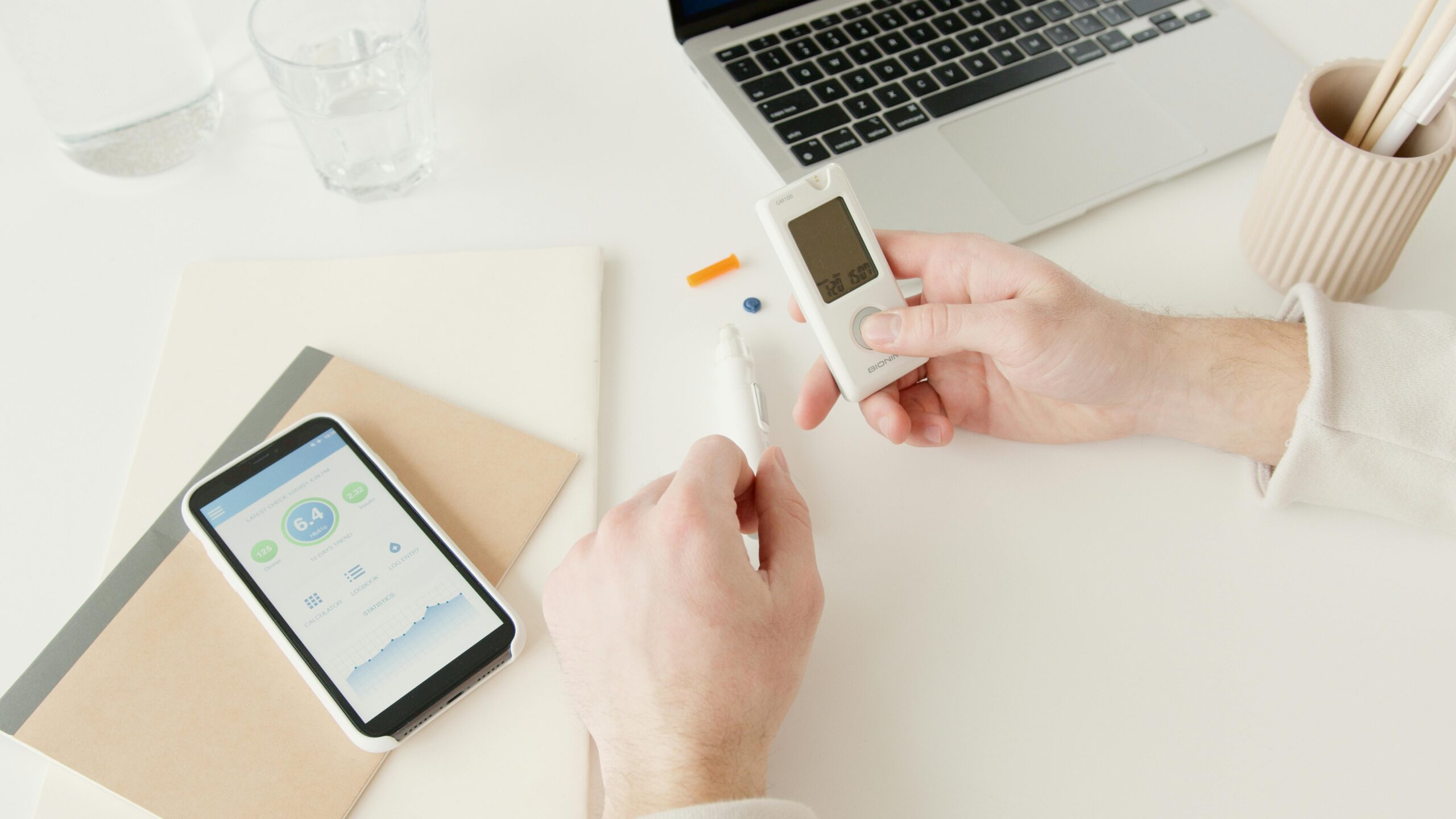Top 2025 Picks for the Best Medical Apps on the Market
Healthcare is undergoing a digital revolution, and at the heart of it are the best medical apps reshaping how we access care. From managing chronic conditions to teleconsultations, medical apps are redefining modern healthcare. In this guide, we’ll explore the leading apps, how they work, and how they can benefit patients and professionals alike.

Understanding the Fundamentals
The best medical apps serve as digital health tools that support diagnosis, treatment, and wellness tracking. They are designed to simplify patient-provider interaction and empower individuals in managing their own health.
Historically, access to healthcare was limited to physical appointments, but today’s mobile health solutions bring care to users’ fingertips. As smartphones have become ubiquitous, medical apps evolved to provide real-time data, virtual consults, and more.
1.1 Accessibility and Convenience
Medical apps eliminate traditional barriers by offering 24/7 access to services. For example, apps like Teladoc and MDLIVE connect users with certified doctors in minutes. A 2024 report by HealthTech Insights found that over 70% of users prefer apps for initial consultations over in-person visits.
These apps streamline care by allowing users to upload test results, book appointments, and receive prescriptions, all in one platform. However, many assume these tools are only for tech-savvy users, which is a misconception—the interfaces are designed to be user-friendly.
1.2 Data-Driven Decision Making
Unlike traditional tools, the best medical apps utilize data analytics to personalize care. For instance, continuous glucose monitoring apps like Dexcom G7 track patterns and suggest insulin adjustments based on historical trends.
Incorporating AI, apps can alert users about abnormal vitals or medication interactions. This level of personalization is unique and enhances both safety and outcomes, particularly for patients managing chronic conditions like diabetes or hypertension.
Practical Implementation Guide
Understanding the value of the best medical apps is one thing—using them effectively is another. This section will walk you through applying this knowledge in daily life, whether you’re a patient or provider.

2.1 Actionable Steps
- Choose the right app: Identify your needs—chronic care, fitness tracking, mental health support, or telehealth—and pick an app with top reviews in that niche.
- Gather your health data: Input basic information like medical history, allergies, and current medications to enable smart recommendations.
- Monitor and engage: Set reminders, record symptoms, and follow personalized plans. Review weekly reports to stay proactive about your health goals.
2.2 Overcoming Challenges
Common issues include:
- App fatigue: Avoid installing too many apps—consolidate needs into 1-2 comprehensive platforms.
- Privacy concerns: Choose apps with end-to-end encryption and clear data policies.
- Device compatibility: Ensure your smartphone and OS support the app’s features.
Pro tip: Always read the user manual and update your app regularly to avoid glitches. Many challenges arise from outdated versions or skipped onboarding tutorials.
Advanced Applications
Once you’ve mastered the basics, it’s time to explore high-level uses of medical apps. These tools now integrate AI, remote diagnostics, and wearable tech, elevating health monitoring to the next level.

3.1 AI-Powered Diagnostics
Apps like SkinVision and Ada use artificial intelligence to assess symptoms or detect skin abnormalities using your phone’s camera. These apps boast over 80% diagnostic accuracy, rivaling initial in-person assessments.
Case studies show that early detection via these platforms has led to earlier treatment and better patient outcomes, especially in oncology and dermatology.
3.2 Interoperability and Ecosystem Integration
Top-tier medical apps now integrate with electronic health records (EHRs), lab results, and even pharmacy systems. This ecosystem approach ensures seamless communication between all stakeholders.
For example, MyChart syncs hospital visits with at-home care instructions, providing a unified experience. When choosing an app, ensure it offers compatibility with wearables like Fitbit or Apple Watch for continuous data capture.
Future Outlook
Emerging technologies like virtual reality therapy and blockchain-based health records will redefine how medical apps are used. In the next 3-5 years, we can expect predictive analytics to become mainstream, helping users prevent conditions before symptoms arise.
To stay ahead, users should adopt apps that update frequently, follow tech trends, and join online communities to exchange best practices. Continuous learning will be key to maximizing the benefits of digital health tools.
Conclusion
Three key takeaways: First, the best medical apps empower users with convenience and personalized care. Second, they enhance communication between patients and providers. Third, they are evolving rapidly with AI and data integration.
If you’re not already using a medical app, now is the time to explore options suited to your needs. Whether you’re managing a condition or just want to stay healthy, the right app can make all the difference.
Frequently Asked Questions
- Q: What are the best medical apps for general health tracking? Apps like MyFitnessPal, Apple Health, and Samsung Health offer great daily wellness tracking features with ease of use.
- Q: How do I get started with a medical app? Choose one based on your health goals, download it, and complete the onboarding process to personalize it for your needs.
- Q: How much time does using a medical app take? Most apps require only a few minutes a day, depending on how actively you log data or engage with features.
- Q: Are medical apps expensive? Many top apps offer free versions with optional premium tiers ranging from $5 to $30/month based on features.
- Q: How do medical apps compare with visiting a doctor? They complement, not replace, in-person visits by providing ongoing monitoring, alerts, and easier access to care between appointments.
- Q: Are these apps hard to use? Not at all—most medical apps are built with intuitive interfaces and include tutorials to help new users get started quickly.
- Q: Can medical apps be used in clinical practice? Yes, many doctors now recommend apps as part of treatment plans, especially for remote monitoring and medication management.
